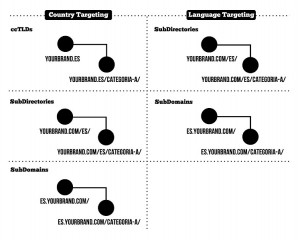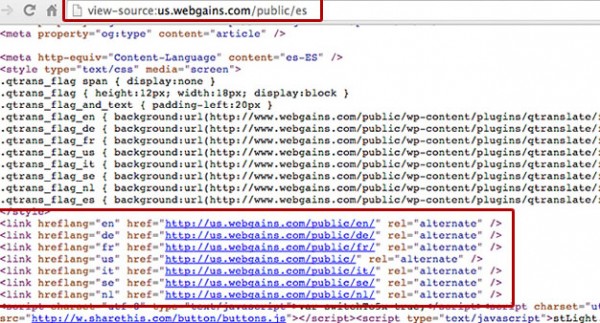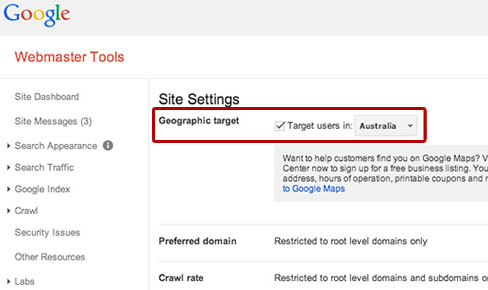Optimizing Your International Website Versions
In the modern online world, all businesses are global. Customers from around the world can visit your site, browse your goods and services and contact you for more information or place an order. When you construct your website and create an SEO strategy, it’s important to consider international factors, especially if you plan on doing a significant amount of business with customers from outside of the United States.
Considering the international reach of your site allows you to accomplish two things: you can avoid issues that might harm your site’s SEO in other countries and you can take advantage of opportunities presented by the international reach of your site. Businesses of all sizes can benefit from taking a worldly approach to their SEO audit and considering global elements. Here are some of the things you need to check when evaluating your global website from an SEO standpoint:
Targeting Languages vs. Countries
The world is increasingly becoming a melting pot, and this extends to languages. Many countries have more than one official language. Other countries – such as the US – don’t have an official language but might have many different languages spoken within its borders. Depending on your business goals, you will want your sub-directories, sub-domains and ccTLDs to either be targeted toward specific countries or specific languages, and you’ll want to have a consistent and simple way of doing this throughout your website structure.
In addition, you’ll want to make sure that you remain consistent through on-screen and meta content if you are structuring your pages by country or by language. For example, if you are targeting for languages, you don’t want to have country flags be the icon for making a selection.
Optimizing Structure for International Sites
Each international version of a website needs to have its structure analyzed thoroughly. Website owners need to make sure that it isn’t overly complex or have unnecessary directories while also making sure that the URL names are clear and in the right language for the target audience.
Alignment, Indexing and Crawling Issues for International Web Versions
To further ensure that your structure is correct on the International version of your website, you need to make sure they are crawled and indexed correctly by search engines such as Google – along with local search engines popular in the regions you are targeting. Make sure that you aren’t block language or country versions through your robots.txt or that you are redirecting all crawlers to one version of your site.
Hreflang Annotations
Incorrect Hreflang annotations can directly impact your international search traffic. You need to make sure that you are using the correct language and country code and that you are correctly cross-referencing similar pages on your site with content for other languages or countries.
Webmaster Tools Geolocation Settings
If you are using sub-directories or sub-domains instead of ccTLDs, use the Geographic Tools in Google Webmaster Tools to make sure that you are targeting the correct countries.
Cross-Checking Content
It’s surprisingly easy to have your localized website content be different than what you expect. Make sure that you check each country- or language-specific website version to make sure that the right content is being displayed.
Avoid Cross Linking
Remember that cross-linking pages on various versions of your site can lead to penalties from Google. Avoid doing this as much as possible.
No matter what size your business, if you need to reach an international audience, eVisible can help. Our Internet marketing firm works with companies of all sizes to find online marketing solutions to expand their reach and attract new customers.
 Posted on October 20, 2014
Posted on October 20, 2014


